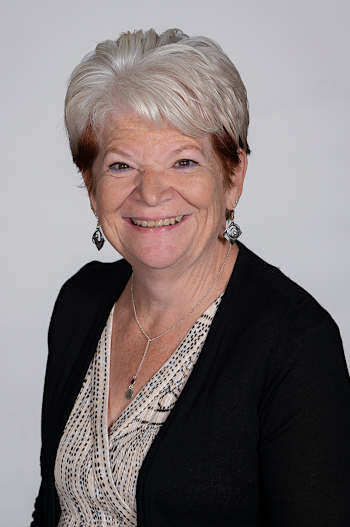- Teresa Frankovich, M.D.
- Posted On
Your partner in health: Preventing lead exposure in young children
If you have children age 6 or younger, your health care provider should be talking with you at every well-child visit about the possibility that your child has been exposed to lead. This is important because exposure to lead can cause a wide range of health problems, including irreversible brain damage, especially in young, developing brains. There is no known “safe” level of lead exposure.
Since most children have no symptoms while they are being exposed, the best way to prevent lead poisoning is to know how kids may be exposed and to have your child screened by answering questions and/or getting tested for lead exposure. Testing is recommended at 1 and 2 years of age and is usually done with a quick finger poke at your child’s well-care visit.
For children in publicly funded programs like Medi-Cal and the Women, Infants and Children Supplemental Food Program, or WIC, testing at 1 and 2 years of age is required. For these children, catch-up testing must be done (up to the age of 6 years) if not done at 2 years of age.
Many of us have heard about older (pre-1978) homes being a source of exposure due to the lead-based paints widely used prior to that time. Fortunately, lead-based paints were banned for continued home use in the U.S. in 1978 but can still be found in older homes.
As this paint cracks and peels over time, lead-containing dust and paint chips can find their way onto the hands and then into the mouths of crawling infants and climbing toddlers. Lead may also be found in soil, particularly around older homes and industrial sites and in water that flows
through older pipes containing lead.
Until fairly recently, parents were advised primarily about these potential lead sources. In recent years, we have been finding lead in many more unexpected places.
These days, the items we all eat, drink and use every day (such as pottery, cookware, herbal medicine and makeup), come from all over the world. As countries have varying customs and regulations regarding food and product safety, the potential for lead exposure has grown.
For example, the contaminated apple cinnamon fruit pouches mentioned above were made in Ecuador and sold under various brand names in the United States. The source of contamination is suspected to be the added cinnamon. Similarly, in parts of South Asia, the beautiful golden yellow spice called turmeric has long been used in traditional medicines and in food. In that part of the world, the turmeric roots are often treated with a lead compound to make the color even brighter. This may be one reason that South Asia has some of the highest rates of lead poisoning in the world.
So, parents, the bad news is that lead exposure in children is a big health concern. The good news is that many exposures can be avoided, and testing for lead early can prevent ongoing and higher levels of exposure. Some helpful tips to prevent lead exposure in your home are:
• Be careful and consider the source of spices, medications, cosmetics and items such as cookware and tableware that you bring into your home.
• Think about the age of your home and whether it is likely to have lead paint.
• Talk with your child’s doctor about lead exposure and preventing exposure.
• Visit the California Department of Public Health Lead Prevention Homepage for facts on how you can keep your child safe from lead poisoning.
Dr. Teresa Frankovich is an associate medical director at Partnership HealthPlan of California. Partnership is a community-based, safety-net health plan that contracts with the state to administer Medi-Cal benefits. Partnership provides quality care to over 900,000 Medi-Cal members. Starting in Solano County in 1994, Partnership now serves 24 Northern California counties – Butte, Colusa, Del Norte, Glenn, Humboldt, Lake, Lassen, Marin, Mendocino, Modoc, Napa, Nevada, Placer, Plumas, Shasta, Sierra, Siskiyou, Solano, Sonoma, Sutter, Tehama, Trinity, Yolo, and Yuba. Learn more at PartnershipHP.org.





 How to resolve AdBlock issue?
How to resolve AdBlock issue? 




